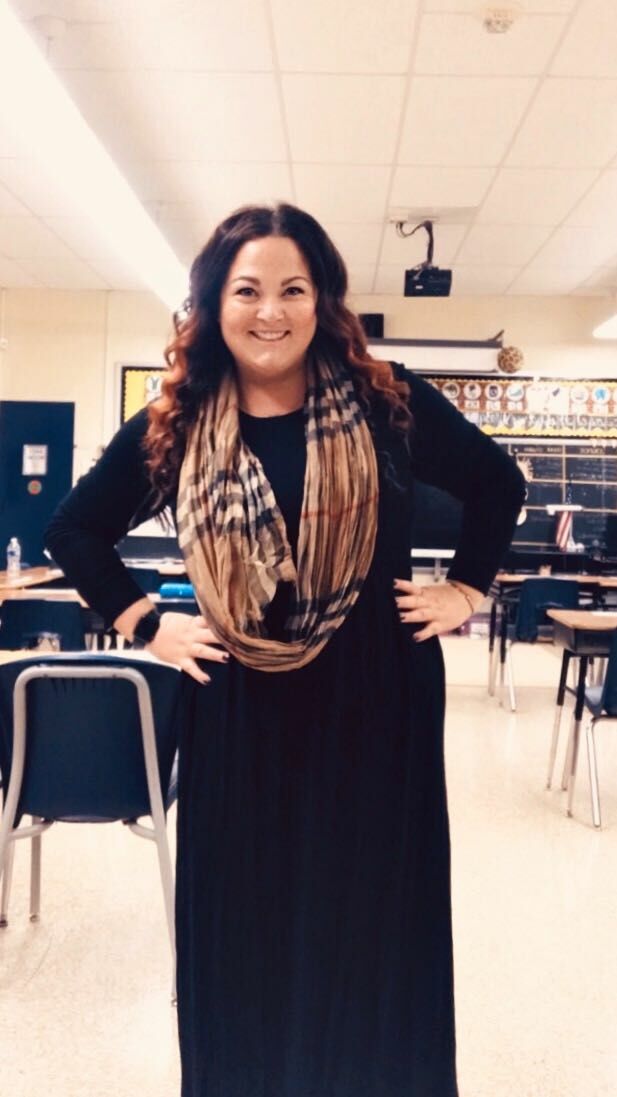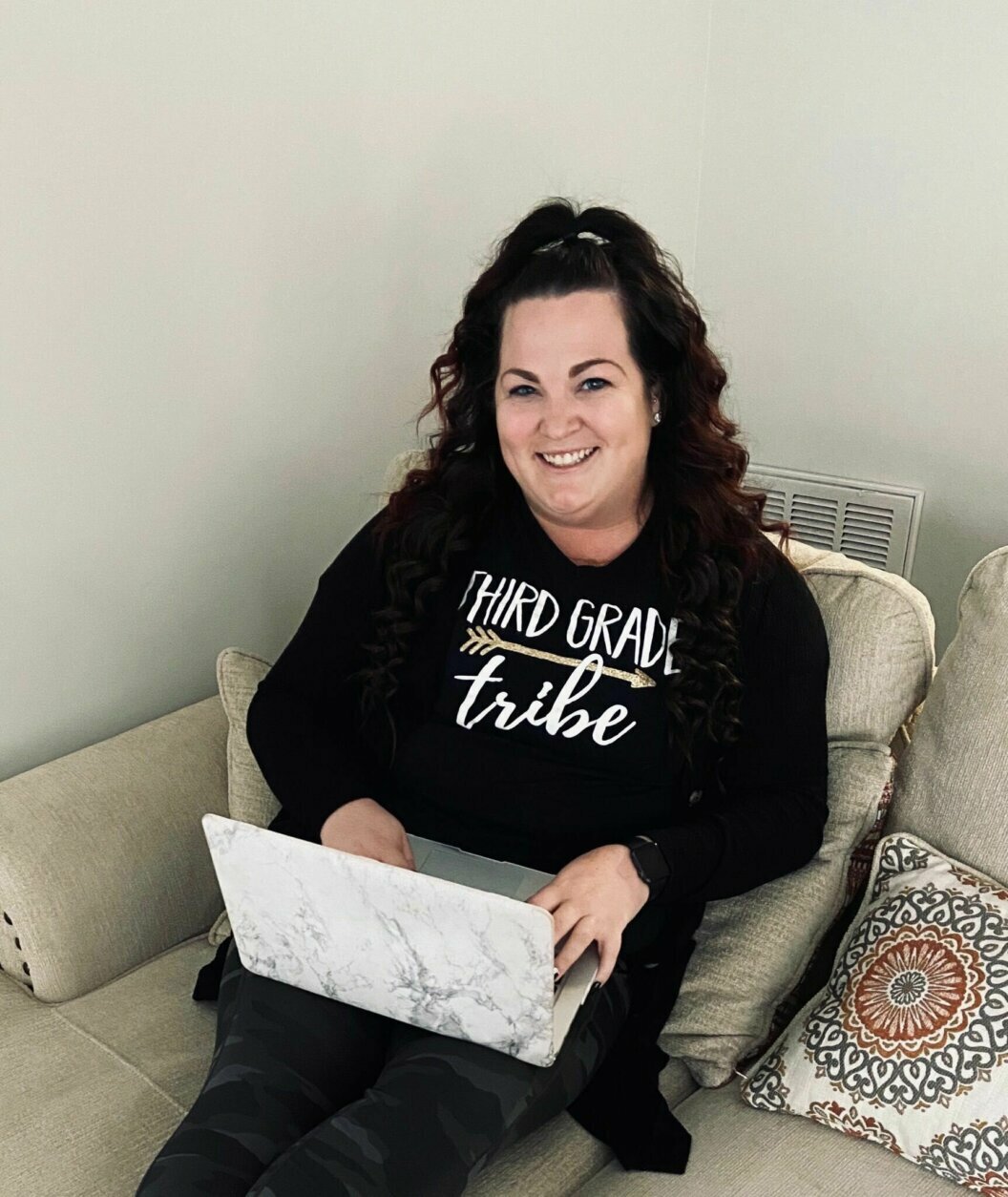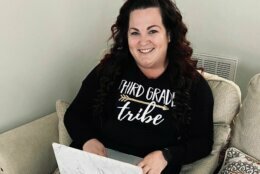



Typically, the days at Cooper Lane Elementary School in Landover Hills, Maryland, start with the sound of “We’re All In This Together” from “High School Musical,” blasting in the hallways as kids file into class each morning.
The title of the song seems especially appropriate as teachers get parents and students ready for distance learning in Prince George’s County schools — a result of the closure due to the novel coronavirus pandemic.
The days when mornings were filled with elementary school students stopping for a hug, a high-five or a story they wanted to share before settling into their seats seem a long way off now to third grade teacher Mary Piccirilli.
But that doesn’t mean she’s been out of touch with her students.
For the last two weeks, students have been working from paper packets, and Piccirilli started virtual check-ins.
“What I had thought was just going to be a weekly thing turned into a daily thing, and that turned into a sometimes twice-daily thing,” she said with a laugh, explaining that her students were eager for the contact — and so was she.
Piccirilli — who still keeps in touch with the families of students when she first started teaching seven years ago — said it’s important to her to let her current students know, “I’m still here for them.”
Cooper Lane Elementary is a Title l school, meaning the school has a large concentration of low-income students and that extra instructional support is provided.
In order to make sure that students can take part in the distance learning that starts April 14, Chromebook laptops are being distributed.
“A lot of students may have some form of technology, but it might not be the technology that is needed for them to participate in different Google classrooms,” Piccirilli said.
At her school, Piccirilli said as many as eight carts full of laptops were distributed to parents on Wednesday, “so that students can have what they need to be successful at home.”
At the end of the day, she said she got a number of messages from students: “Ms. P! Now I have a Chromebook — we can talk every day!”
Piccirilli said she does have concerns about being able to tailor her teaching to the needs of her students.
“It’s going to be different, it’s going to be a change, but guided reading can still happen over a video conference — it’s just going to be an adjustment period,” she said.
Piccirilli recommends that parents be honest as they head into the next month: If they’re confused by the instruction, if the technology feels overwhelming or they feel their child is struggling with the content, they should let the teacher know, and they should not be shy about asking for help.
She knows that with the uncertainty that the pandemic has created, everyone’s feeling anxious.
Before schools closed in mid-March, teachers were fielding a lot of questions about the coronavirus and what was going on.
That’s one reason why Piccirilli is a fan of the type of virtual check-in that inquires about emotional as well as physical well-being.
Her message to students — and parents — is: “Yes, we have all this craziness going on in the world, but we’re here together still, and we’re here to support each other.”
Piccirilli’s not only working with students online, she’s also pursuing national board certification, an intensive program where teachers document their teaching practices to demonstrate their effectiveness in the classroom.
With all the work to prepare for distance learning, combined with the work of preparing a portfolio for certification, she said working in a little time for self-care is important.
But what she really wants is to be back in the classroom.
She said people who don’t teach assume she must enjoy the time away from the kids and demands of teaching. “For me — it hurts. I miss my students, I miss my co-workers, I miss my school,” Piccirilli said.








